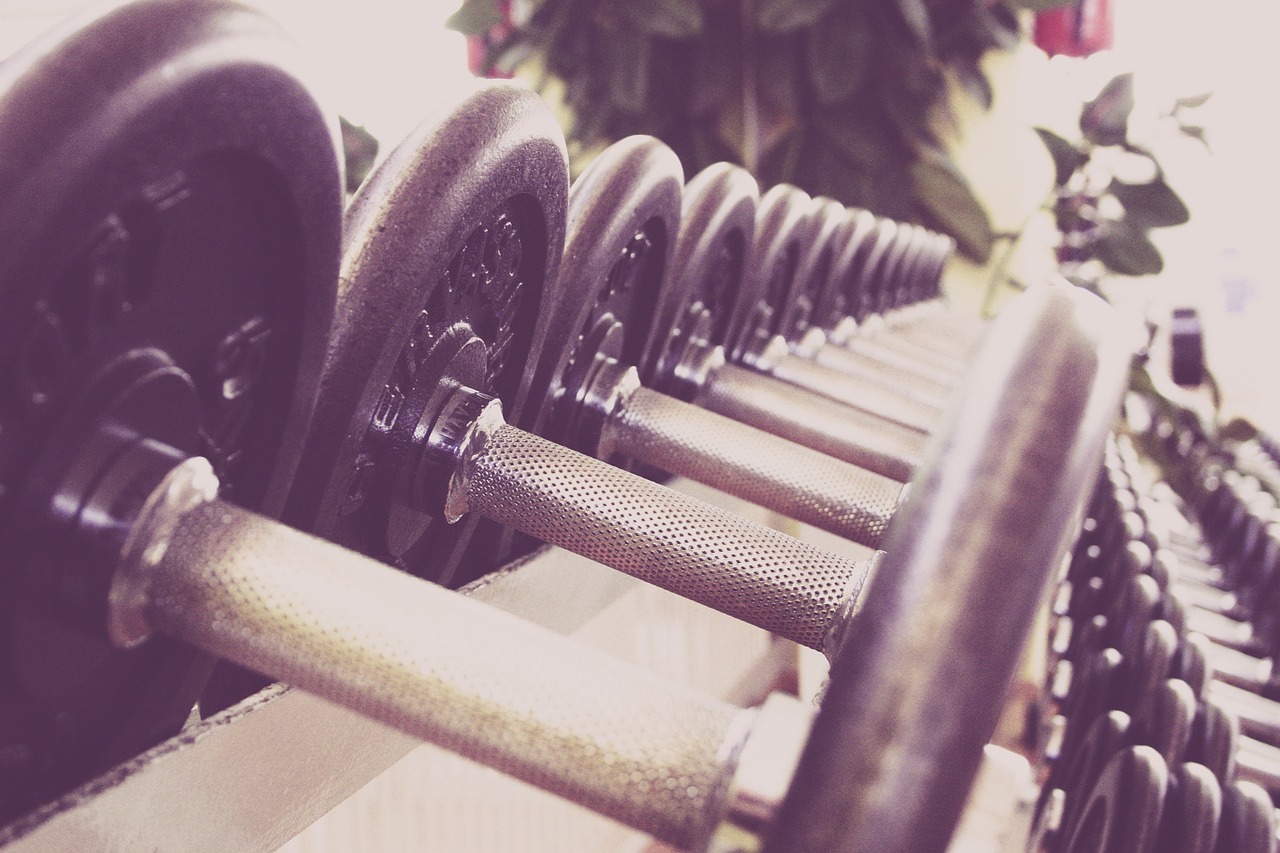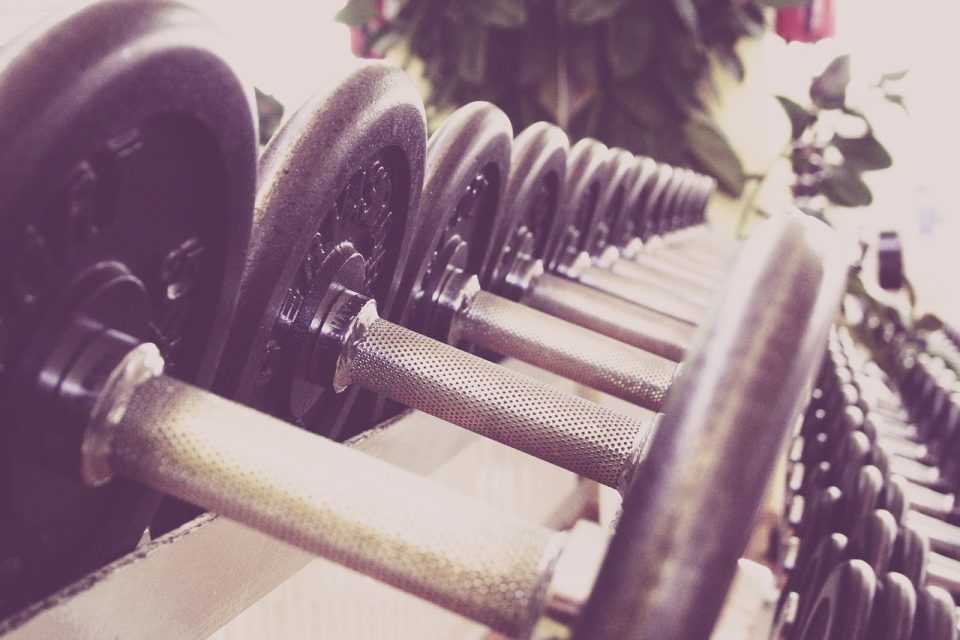
Aging is an inevitable part of life, but it doesn’t mean that you have to give up on your fitness goals. In fact, staying active and exercising regularly can help seniors maintain their physical and mental health, improve their overall quality of life, and even extend their lifespan. However, as we age, our bodies undergo various changes that can affect our ability to exercise safely and effectively. That’s why it’s important for seniors to learn about the best exercise tips and techniques that are tailored to their unique needs and limitations. In this article, we’ll explore some of the most effective ways for seniors to stay fit and healthy, regardless of their age or fitness level.
1. “Aging with Grace: How Seniors Can Stay Fit and Active”
There’s no denying that as we age, our bodies undergo many changes. But that doesn’t mean we have to give up on staying fit and active. In fact, it’s more important than ever to continue exercising and engaging in physical activities to maintain good health and well-being. Here are some tips for seniors to age with grace and stay fit and active:
– Incorporate low-impact exercises into your routine, such as walking, swimming, or yoga. These activities can help improve flexibility, balance, and cardiovascular health without putting too much strain on your joints.
– Join a senior fitness class or group to stay motivated and socialize with others who share your interests. Many community centers and gyms offer classes specifically designed for seniors, such as water aerobics or chair yoga.
– Make sure to include strength training exercises in your routine to maintain muscle mass and bone density. This can help prevent falls and fractures, which are common among older adults. Use light weights or resistance bands and focus on exercises that target major muscle groups, such as squats, lunges, and bicep curls.
In addition to exercise, it’s important to focus on other aspects of your health as well. Eating a balanced diet, getting enough sleep, and staying mentally active can all contribute to overall well-being. Remember, aging is a natural part of life, but that doesn’t mean you have to slow down or give up on your goals. With a little effort and determination, you can stay fit, active, and graceful as you age.
2. “From Chair Exercises to Cardio: Tailored Fitness Routines for Seniors”
As we age, staying active becomes more important than ever. However, traditional workout routines may not be suitable for seniors due to physical limitations. That’s where tailored fitness routines come in. Here are some examples of exercises that can be modified to fit the needs of seniors:
- Chair Exercises: These exercises can be done while sitting in a chair and are great for seniors with limited mobility. Examples include arm raises, leg lifts, and seated twists.
- Resistance Band Workouts: Resistance bands are a great way to build strength without putting too much strain on the body. They can be used for exercises like bicep curls, shoulder presses, and leg extensions.
- Cardio: Cardiovascular exercise is important for maintaining heart health, but high-impact workouts like running or jumping jacks may not be feasible for seniors. Walking, swimming, and cycling are all great low-impact options.
By tailoring workouts to the specific needs of seniors, they can reap the benefits of regular exercise without risking injury. It’s important to consult with a healthcare professional before starting a new exercise routine, but with the right modifications, seniors can stay active and healthy well into their golden years.
3. “The Benefits of Exercise for Seniors: Boosting Health, Mood and Confidence”
Regular exercise is an essential aspect of a healthy lifestyle, especially for seniors. Engaging in physical activity regularly can have numerous benefits, including boosting overall health, mood, and confidence. Here are some of the key benefits of exercise for seniors:
- Improves cardiovascular health: Exercise helps improve heart health by strengthening the heart muscle, reducing blood pressure, and improving circulation. Regular physical activity can also reduce the risk of heart disease, stroke, and other cardiovascular conditions.
- Enhances mood and mental health: Exercise has been shown to improve mood and reduce symptoms of depression and anxiety in seniors. Physical activity releases endorphins, which are natural mood-boosting chemicals in the brain. Exercise can also help seniors feel more confident and independent, which can have a positive impact on their mental health.
- Reduces the risk of falls and injuries: Exercise can help improve balance, coordination, and flexibility in seniors, which can reduce the risk of falls and injuries. Strength training exercises can also help seniors maintain muscle mass and bone density, which can further reduce the risk of falls and fractures.
Overall, exercise is an essential component of a healthy lifestyle for seniors. Engaging in physical activity regularly can have numerous benefits, including improving cardiovascular health, enhancing mood and mental health, and reducing the risk of falls and injuries. Seniors should aim to incorporate a variety of exercises into their routine, including aerobic exercise, strength training, and flexibility exercises, to reap the full benefits of exercise.
4. “Expert Tips for Safe and Effective Workouts for Seniors of All Abilities
Seniors of all abilities can benefit from safe and effective workouts. However, it’s important to keep in mind that as we age, our bodies become more vulnerable to injuries. Therefore, it’s crucial to take a few precautions before starting any exercise routine. Here are some expert tips to help you stay safe and get the most out of your workouts:
- Consult with your doctor: Before starting any exercise program, consult with your doctor to ensure that you’re healthy enough to participate. Your doctor can also recommend specific exercises that are safe and appropriate for your age and fitness level.
- Warm-up and cool-down: Always start your workout with a warm-up to prepare your muscles and joints for exercise. Similarly, end your workout with a cool-down to help your body recover and prevent injuries.
- Choose low-impact exercises: As we age, our joints become more vulnerable to injuries. Therefore, it’s best to choose low-impact exercises such as walking, swimming, or cycling. These exercises are gentle on the joints and can help improve cardiovascular health and overall fitness.
In addition to these tips, it’s also important to listen to your body and not push yourself too hard. If you experience any pain or discomfort during your workout, stop immediately and seek medical attention if necessary. With these precautions in mind, you can enjoy safe and effective workouts that can help improve your overall health and well-being. In conclusion, age is just a number when it comes to fitness. Seniors can maintain their health and well-being by incorporating regular exercise into their daily routine. By following the tips outlined in this article, seniors can improve their strength, flexibility, and balance, as well as reduce their risk of chronic diseases. Remember, it’s never too late to start exercising and reaping the benefits of a healthy lifestyle. So, get moving and stay fit at any age!

